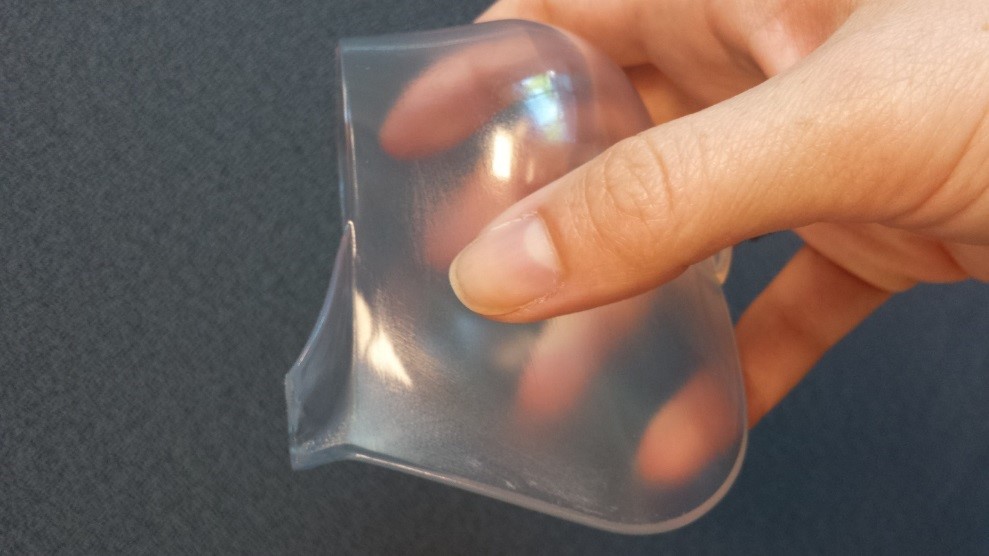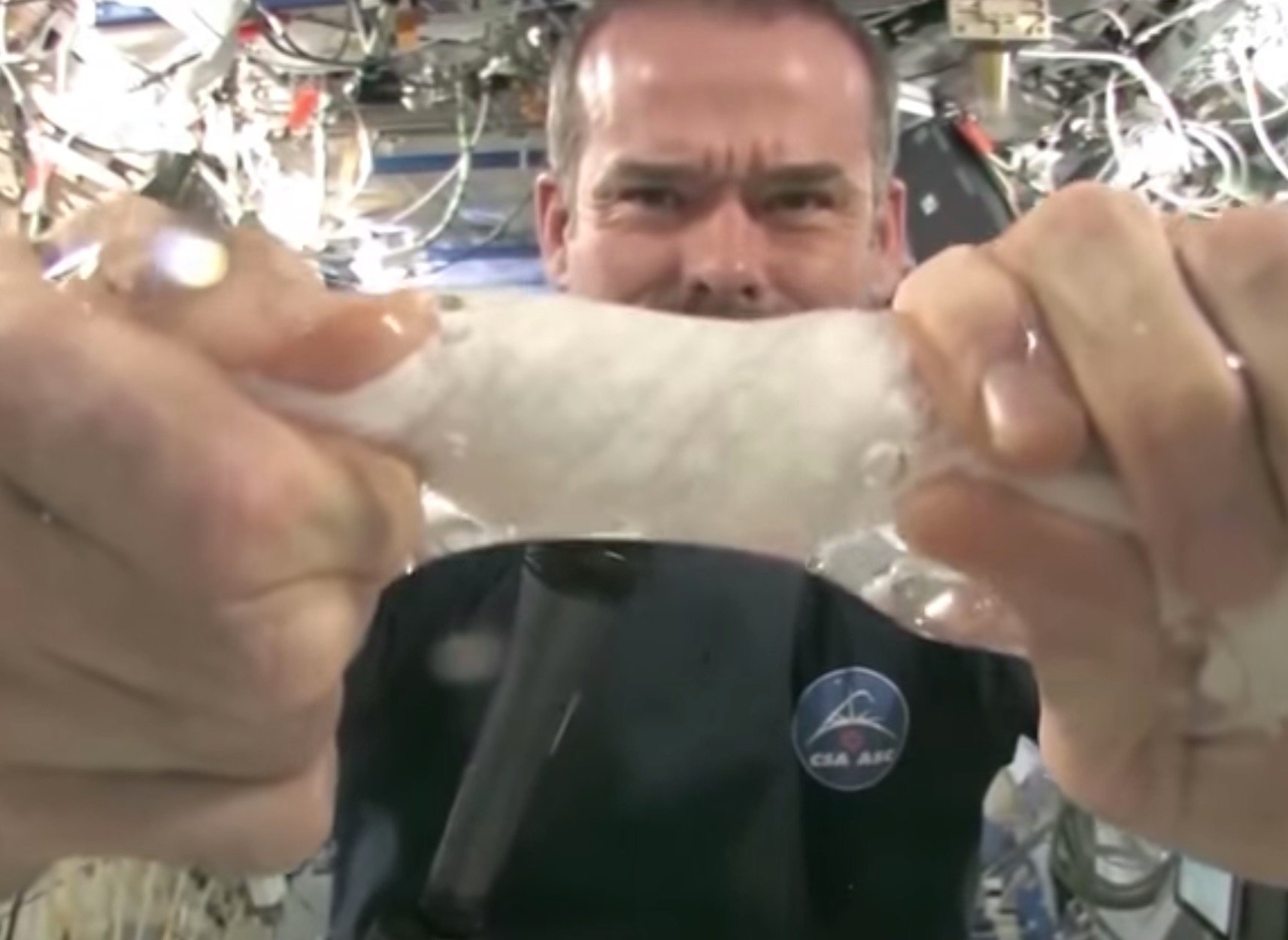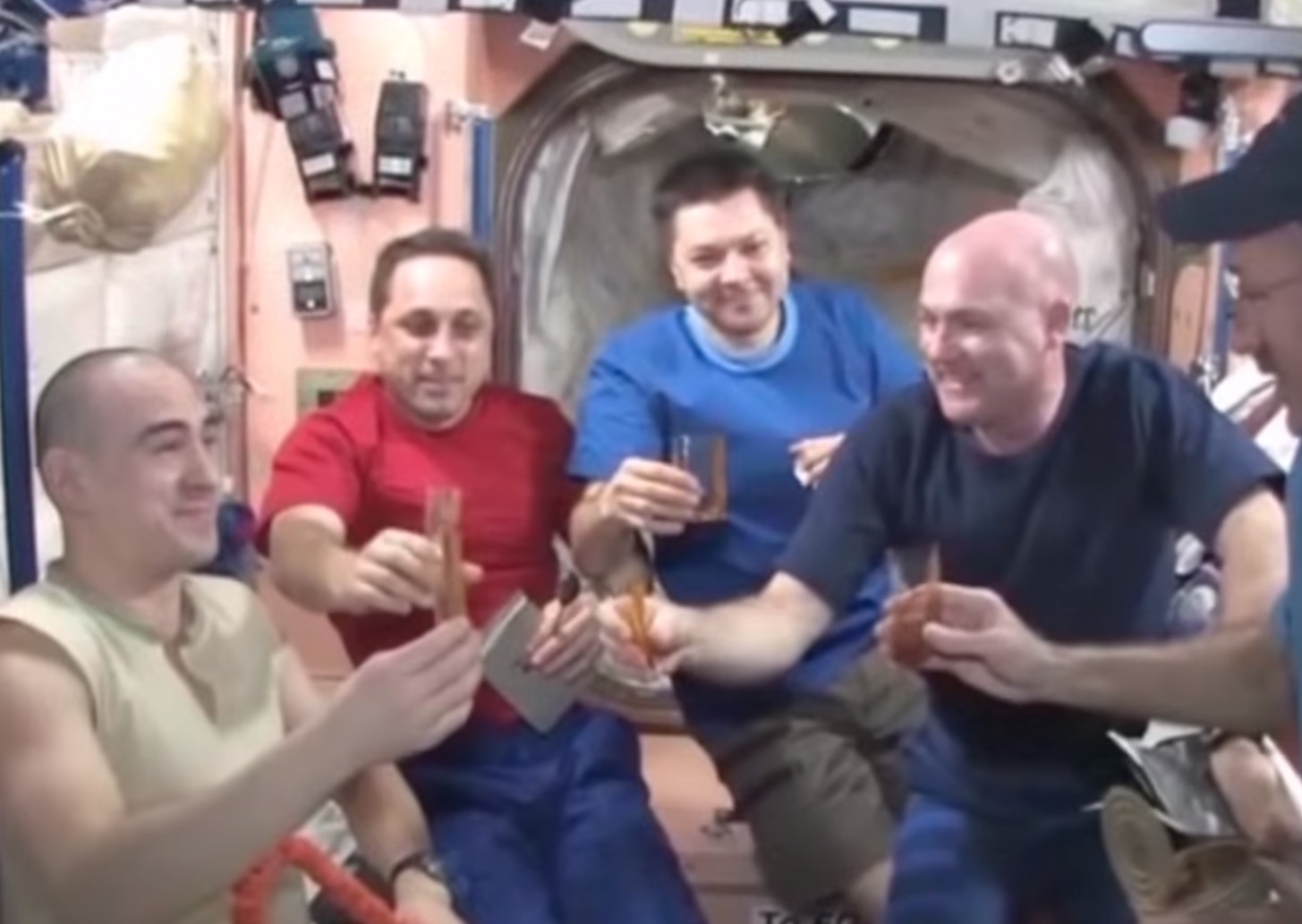
NASA’s attempt to solve the problem of sipping coffee in a weightless environment may be solved with the development of a specialized cup.
It’s a problem experienced by every space traveler: fluids float, causing one of two issues. First, fluids may escape their container and float freely about, possibly encountering electronics and triggering failures. Secondly, fluids may “stick” to the container surface and be difficult to extract. To resolve this, standard space gear these days involves sipping from a straw attached to a flexible plastic bag containing a drink.

But this could change due to new research by NASA scientists looking at capillary action. This is the phenomenon where a fluid can move along a surface. Several experiments in this area are underway on the International Space Station, and one of them involves a coffee cup specifically designed for weightless use.
The cup design, patented by Paul Concus, Robert Finn and astronaut Don Petitt, involves a very sharp internal edge on one side of the cup. Capillary action causes the fluid in the cup to crawl its way up this edge, right to the mouth of the drinker. It’s an amazingly simple design that works well, as you can see in this video.
Since the station now includes an onboard coffeemaker, development of the cup has become a critical item for the astronauts’ coffee experience.

They’ve prepared several 3D printed cups for testing in orbit. Each cup is transparent to enable a full examination of the drinking process, which will be extensively recorded and analyzed. NASA explains the testing process:
We’ll approach this systematically aboard the space station. We’re starting off with water, then clear juice, then tea, tea with sugar, etc., including complex drinks like cocoa, a chocolate breakfast drink, and even a peach-mango smoothie. Undissolved solids, dissolved gasses, foams, free bubbles, surfactants, varying viscosities, temperature effects and more — all in little transparent 3D printed cups used by astronauts to drink on the space station. This progression from simple to complex beverages will give us a wealth of data — data which we aim to apply not just in space, but on Earth, too.
This study is not merely to enhance the morning experience of astronauts; the movement of fluids in microgravity can be used for many other purposes, including fuel delivery systems that use no moving parts.
Via NASA

